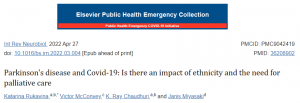
Under the traditional models of care for People with Parkinson’s Disease (PD, PwP), many of their needs remain unmet and a substantial burden of motor…

Under the traditional models of care for People with Parkinson’s Disease (PD, PwP), many of their needs remain unmet and a substantial burden of motor…
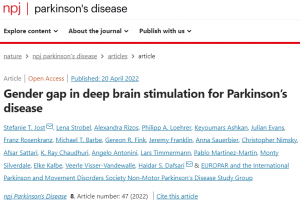
Previous studies have shown less access to deep brain stimulation (DBS) for Parkinson’s disease (PD) in women compared to men raising concerns about a potential…

The Coronavirus disease 2019 (Covid-19) pandemic has fueled both research and speculation, as to whether it could be a “perfect storm” for a post-Covid emergence…
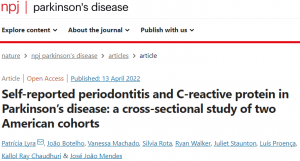
Periodontitis triggers systemic repercussions, such as elevated levels of high-sensitive C-reactive protein (hs-CRP). This has never been studied within Parkinson’s Disease (PD). The aim of…
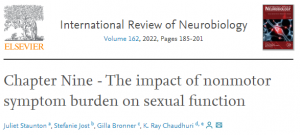
Sexual dysfunction (SD) is defined as a combination of reduction in libido, and problems with a person’s ability to have sex. It is a frequent…

Aim: This subanalysis of the OPTIPARK study aimed to confirm the effectiveness and safety of opicapone in patients with Parkinson’s disease and motor fluctuations in clinical…

Parkinson’s disease is a progressive neurodegenerative disease, which significantly impacts patients’ quality of life and is associated with high treatment and direct healthcare costs. In…
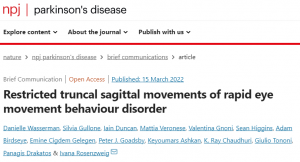
Unlike sleep-walkers, patients with rapid-eye-movement-behaviour disorder (RBD) rarely leave the bed during the re-enactment of their dreams. RBD movements may be independent of spatial co-ordinates…

Nonmotor symptoms of Parkinson’s disease (PD) range from neuropsychiatric and cognitive to sleep, sensory, and genito-urinary disorders, and occur as a result of the disease…
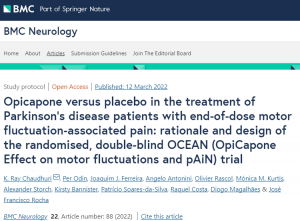
Optimisation of dopaminergic therapy may alleviate fluctuation-related pain in Parkinson’s disease (PD). Opicapone (OPC) is a third-generation, once-daily catechol-O-methyltransferase inhibitor shown to be generally well…